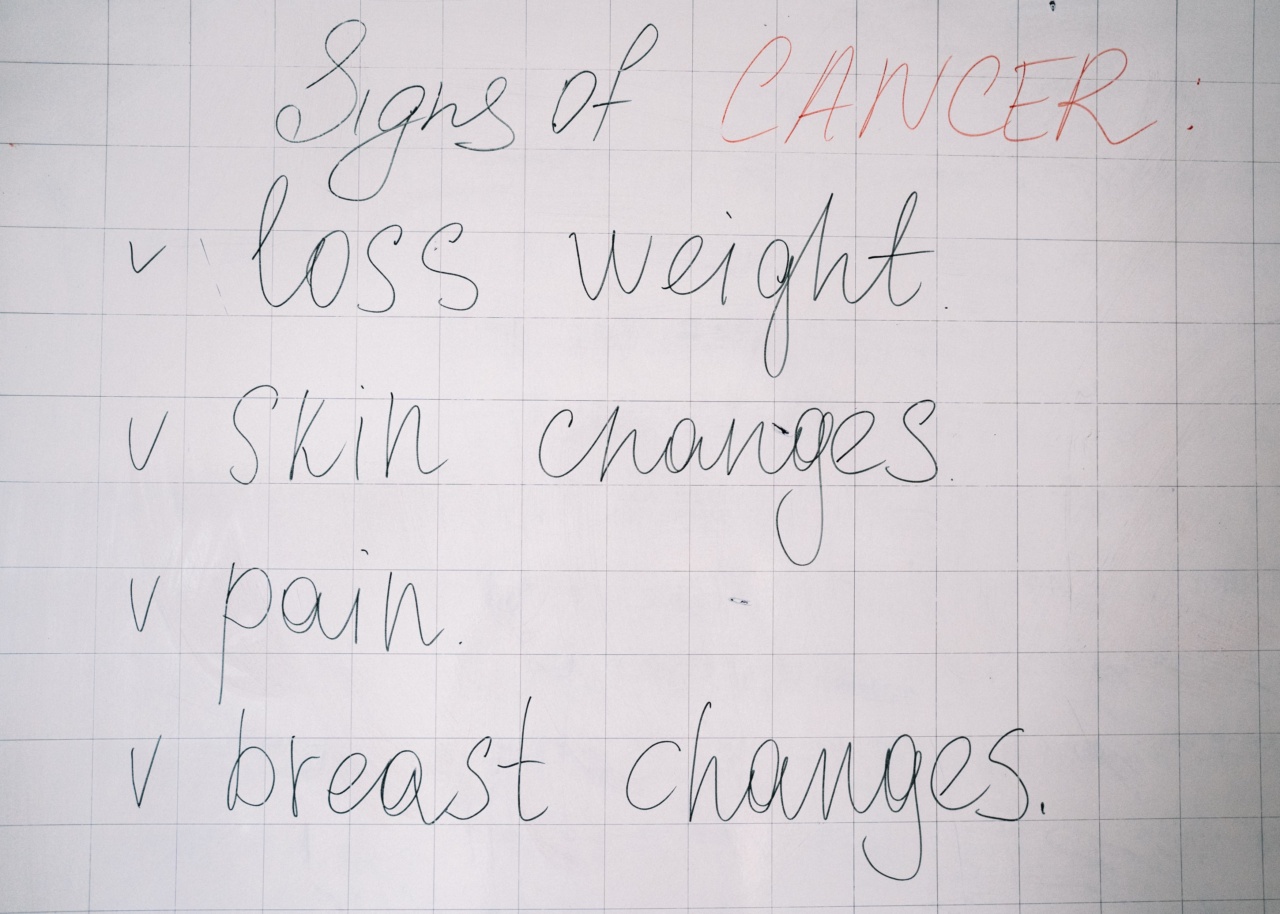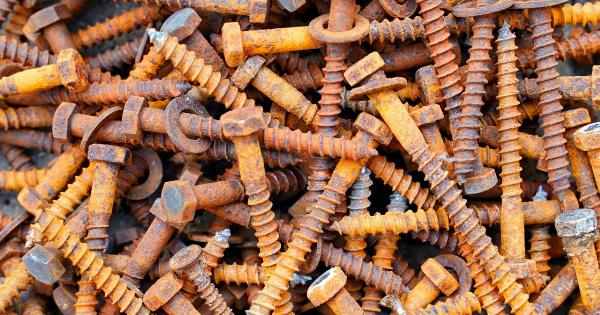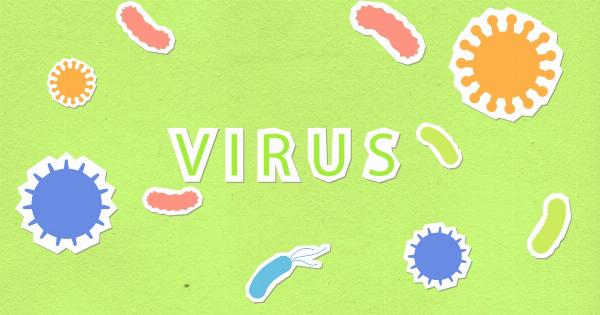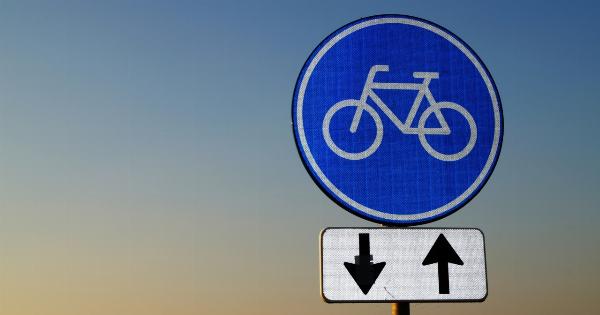Sudden cardiac appendix is a rare condition that can have serious consequences if not recognized and treated promptly. It involves inflammation of the appendix, which is a small pouch-like structure connected to the cecum, a part of the large intestine.
While most people are familiar with appendicitis, sudden cardiac appendix is a lesser-known condition that can mimic the symptoms of other medical issues.
Understanding Sudden Cardiac Appendix
Sudden cardiac appendix is characterized by inflammation of the appendix due to various factors such as infection, trauma, or blockage of the appendix.
This condition can lead to cardiac complications if left untreated, as it is located in close proximity to the heart.
Signs and Symptoms
Recognizing the signs and symptoms of sudden cardiac appendix is crucial for early detection and prompt medical intervention. While the symptoms may vary from person to person, some common indications include:.
- Severe Abdominal Pain: The most prominent symptom of sudden cardiac appendix is severe pain in the abdominal region. The pain typically starts around the navel and gradually shifts towards the lower right side of the abdomen.
- Nausea and Vomiting: Many individuals with sudden cardiac appendix experience bouts of nausea and vomiting, which may be accompanied by a loss of appetite.
- Fever: Inflammation in the appendix can lead to an increase in body temperature, resulting in fever.
- Increased Heart Rate: As the appendix is located close to the heart, inflammation can cause an elevated heart rate.
- Abdominal Tenderness: Touching or applying pressure to the area around the appendix may result in tenderness or sensitivity.
- Diarrhea or Constipation: Changes in bowel habits can occur due to the inflammation and blockage in the appendix.
Diagnosis
Diagnosing sudden cardiac appendix can be challenging as it often mimics the symptoms of other medical conditions, such as appendicitis, gastroenteritis, or urinary tract infections.
However, there are several diagnostic techniques that can help identify this condition:.
- Medical History and Physical Examination: The doctor will assess the patient’s medical history, ask about the symptoms experienced, and perform a thorough physical examination of the abdomen.
- Blood Tests: Blood tests may be conducted to check for elevated levels of white blood cells, indicating an infection in the body.
- Imaging Studies: Imaging techniques like ultrasound, CT scan, or MRI can provide detailed images of the appendix, helping in the diagnosis of sudden cardiac appendix.
Treatment Options
Once diagnosed, prompt treatment is essential to prevent complications associated with sudden cardiac appendix. The treatment options for this condition may include:.
- Antibiotics: If the inflammation is caused by an infection, antibiotics are prescribed to eliminate the infection and reduce the inflammation.
- Appendectomy: Surgical removal of the inflamed appendix may be necessary, especially in cases where conservative treatment methods fail or when the appendix is at risk of rupturing.
- Supportive Care: Pain management, intravenous fluids, and observation may be provided to address the patient’s symptoms and aid in the recovery process.
Prevention and Outlook
As sudden cardiac appendix is often challenging to predict, preventive measures specific to this condition are limited.
However, maintaining overall good health and promptly addressing any symptoms of abdominal pain are essential to prevent complications. With timely diagnosis and appropriate treatment, the outlook for individuals with sudden cardiac appendix is generally positive.
Conclusion
Being aware of the symptoms of sudden cardiac appendix and seeking medical attention promptly can make a significant difference in the outcome.
It is important to remember that sudden cardiac appendix is a relatively rare condition, but early detection and treatment are essential to minimize the risk of complications. If you or someone you know experiences severe abdominal pain, especially in the lower right side, along with other associated symptoms, it is crucial to consult a healthcare professional for an accurate diagnosis and prompt treatment.




























